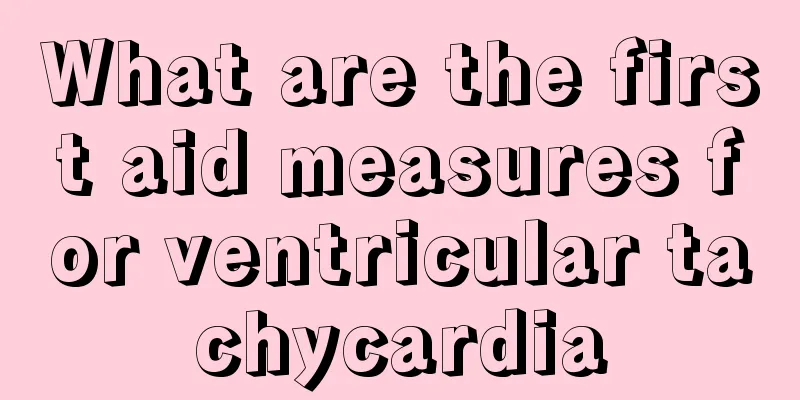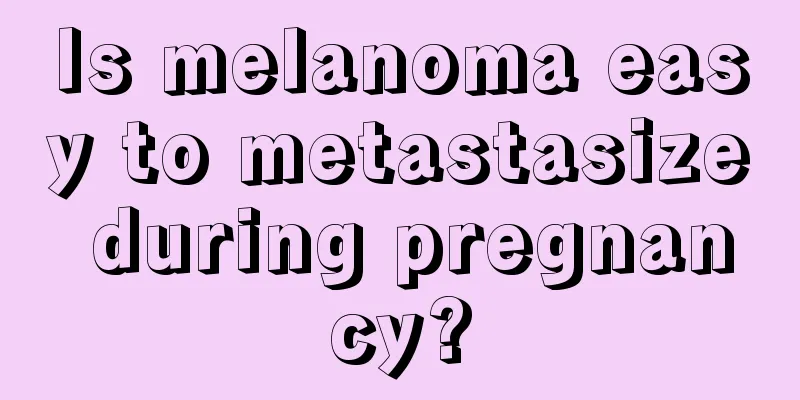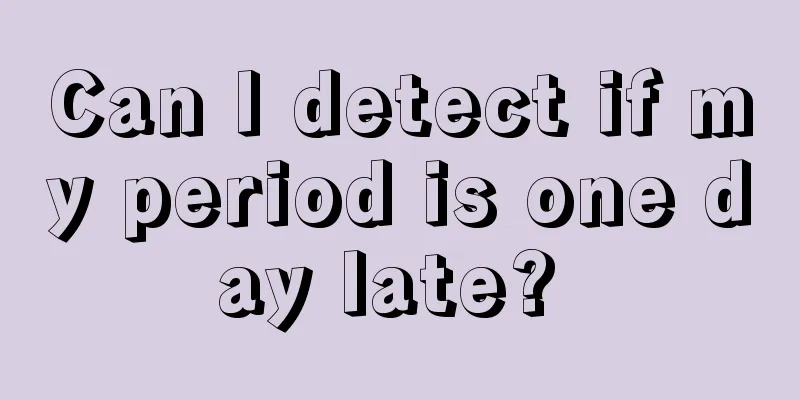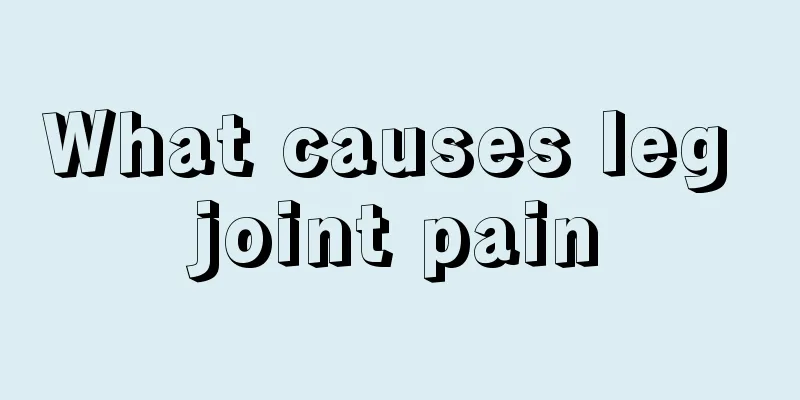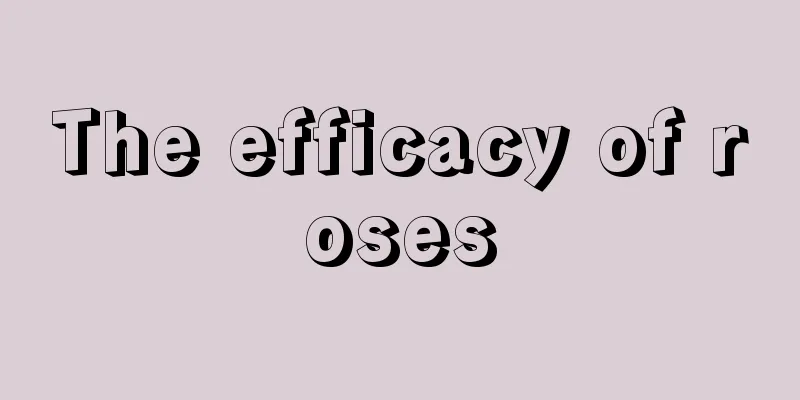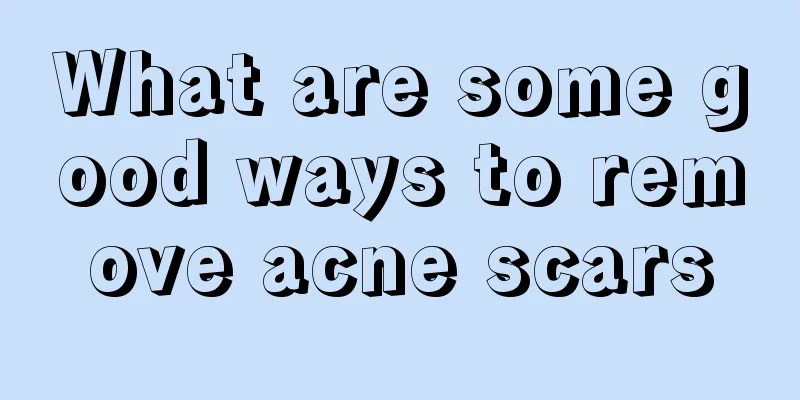Classification of wound healing levels
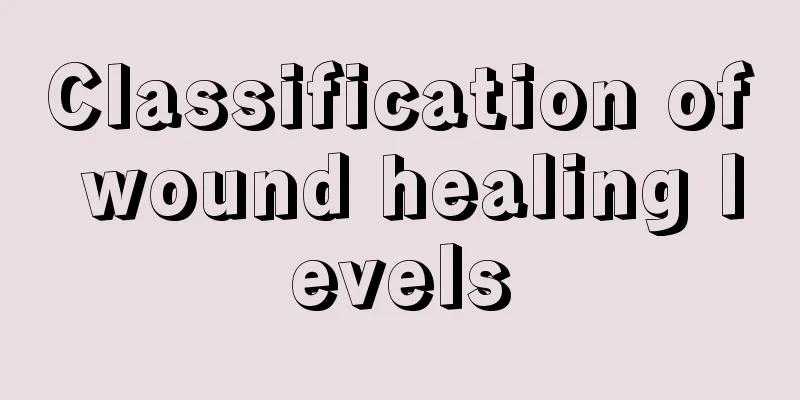
|
In daily life, we often use surgery to treat diseases. Surgery will involve incisions, and we must pay attention to the cleanliness of the incisions after surgery. In fact, the incisions are also divided into levels, namely level I, level II, and level III. Wound healing is also divided into grades A, B, and C. Next, we will discuss in detail the classification method of wound healing level after surgery. Incision classification and healing grade: 1. Clean incision, represented by "Ⅰ", refers to a non-traumatic, uninfected wound; the surgery does not enter the respiratory tract, digestive tract, urogenital tract and oropharynx. It refers to a sterile incision that is sutured, such as a subtotal thyroidectomy. 2. Potentially contaminated incisions, represented by "Ⅱ", refer to suture incisions that may be contaminated during surgery, such as subtotal gastrectomy. This includes areas of the skin that are difficult to sterilize thoroughly, wounds that have been debrided and sutured within 6 hours, and newly sutured incisions that have been reopened. 3. Contaminated incisions, represented by "Ⅲ", refer to incisions that are close to the infected area or tissues directly exposed to the infected substances, such as surgery for purulent appendicitis, surgery for intestinal obstruction and necrosis, and old traumatic wounds with local necrotic tissue. There are also three levels of healing: 1. Grade A healing, represented by "A", refers to initial healing with excellent healing and no adverse reactions. 2. Grade B healing, represented by "B", means that the healing is poor, and there is inflammatory reaction at the healing site, such as redness, swelling, nodules, hematoma, effusion, etc., but no suppuration. 3. Grade C healing, represented by "C", means that the incision is festering and requires incision and drainage. Recording method: If the healing is excellent after subtotal thyroidectomy, it will be recorded as "Ⅰ--甲"; if hematoma occurs at the incision after subtotal gastrectomy, it will be recorded as "Ⅱ--乙", and so on. Recording method: If the healing is excellent after subtotal thyroidectomy, it will be recorded as "Ⅰ-A"; if hematoma occurs at the incision after subtotal gastrectomy, it will be recorded as "Ⅱ-B", and so on. Common problems in defining the scope of surgical incision statistics: The statistics of wound healing are limited to incisions that are completely sutured in the early stage. Partially sutured incisions, wounds with sheet skin grafts, and incisions with drainage retained for more than 48 hours are not included in the statistics. For example, cervical polypectomy, nasal polypectomy, tonsillectomy, submucous nasal septum correction, chalazion curettage, various incision and drainage techniques, etc. are not included in the statistical scope. Some examinations and operations performed for the purpose of clear diagnosis and treatment, such as lumbar puncture, thoracentesis, abdominal puncture, splinting, skin traction, etc. are also not included in the statistical scope. |
<<: Yellow water flows from the buttocks_yellow water flows from the buttocks
Recommend
What should we do about children’s education?
Raising children requires not only concern for the...
My head hurts like a needle prick. My head hurts like a needle prick.
Some people always feel headaches, but everyone&#...
What are the side effects of southern candle leaf
As a Chinese herbal medicine, Candlewood Leaf can...
Can liver cancer be passed on to children?
The causes of cancer are mostly exogenous, and he...
“Women are inferior to men” is true or not
Compared to men, women are born weaker. Some “str...
Symptoms of plateau hypoxia
Usually after holidays, people will travel to a p...
What should I do if I have yellow spots in my eyes?
If you have yellow spots in your eyes, you must p...
What are the benefits of ginkgo to the body
The ornamental trees on both sides of the streets...
How to ventilate a room that is not ventilated?
In real life, the different structures of many ro...
What's going on when platelets continue to decrease?
Platelets are relatively important substances in ...
Sore throat with white lumps inside
Many people often have sore throats, coughs, and ...
Does a lump on the neck mean thyroid cancer? It depends on the situation
Thyroid cancer is one of the more common malignan...
The role of active enzymes
There are various substances in the human body. D...
Is liver cancer related to hepatitis B? To prevent liver cancer, make this diagnosis early
The 2012 my country Cancer Registry Annual Report...
What are the results of the examination of cervical spine and pseudo-peripheral lung cancer?
Cervical and quasi-peripheral lung cancer general...

